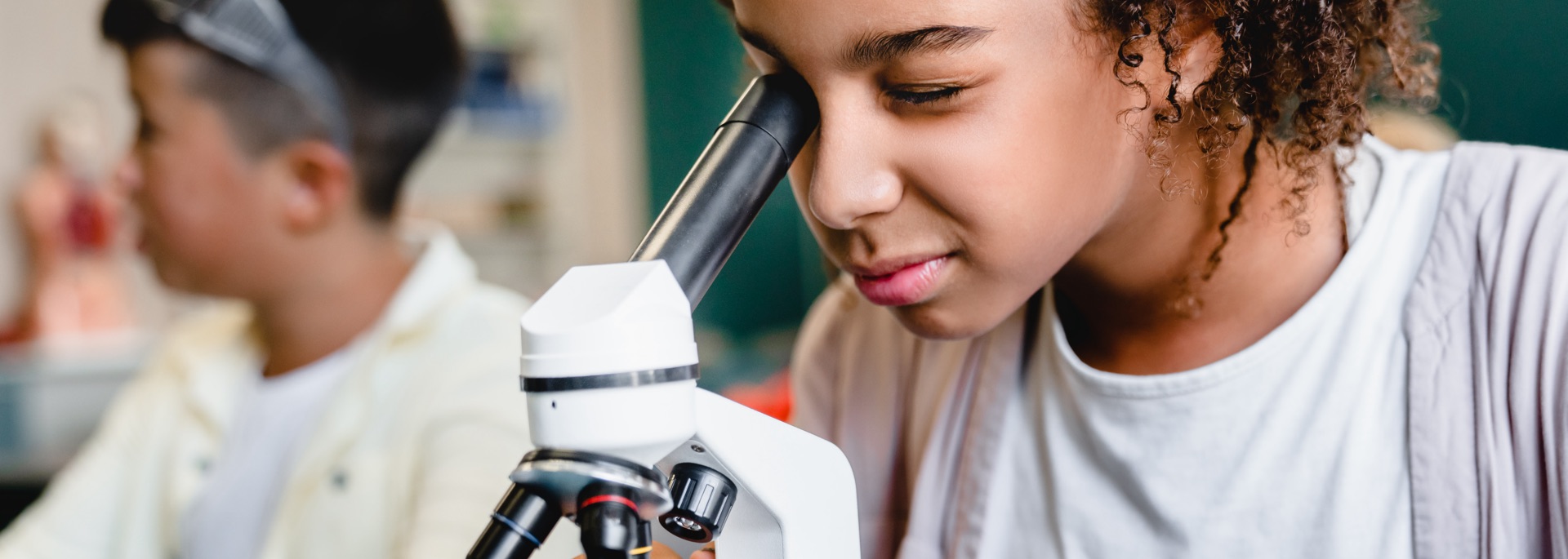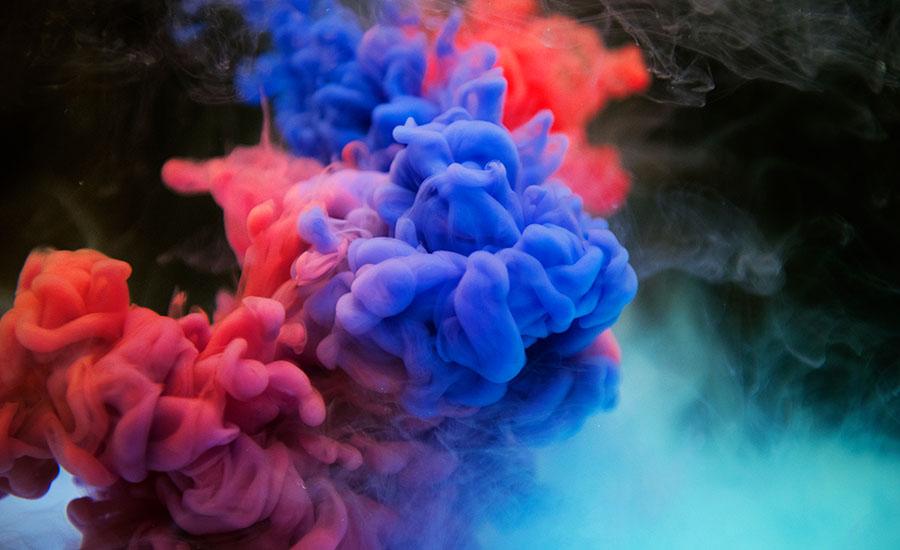
Students learn about the chemistry that exists in some of the world's oldest surviving paintings. This lesson is the final part of a 3 part painting series, and focuses on binding agents in paint
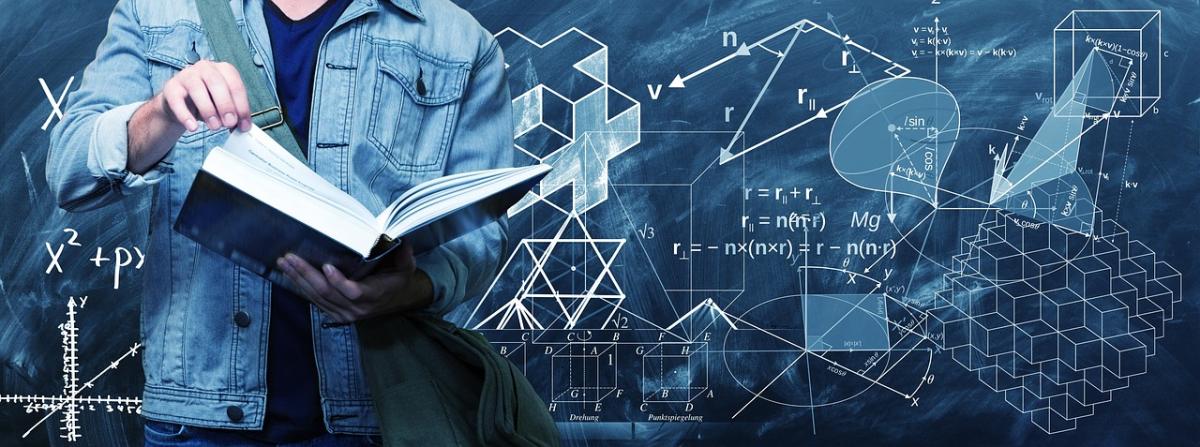
This lesson was developed to spark student interest with a game component while learning to use the features in productivity applications. The focus is on learning the applications and process of game
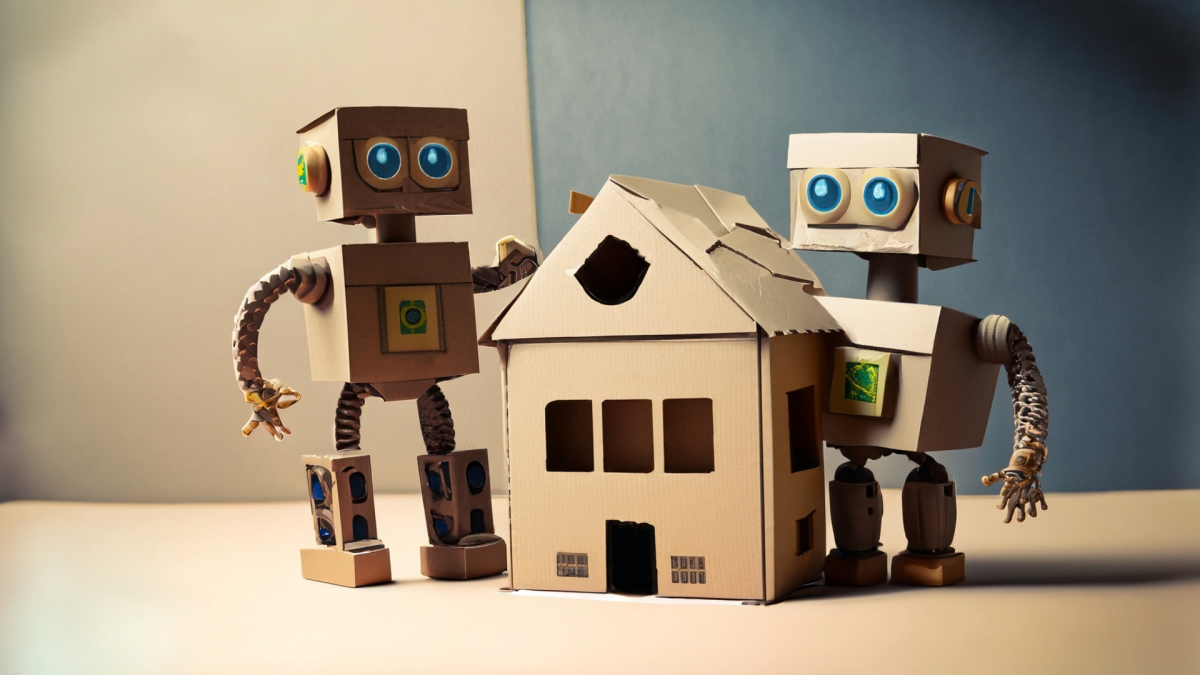
Using my backyard chickens as inspiration, this 5th grade lesson asks children to graph egg production and build a model of a chicken coop and run.
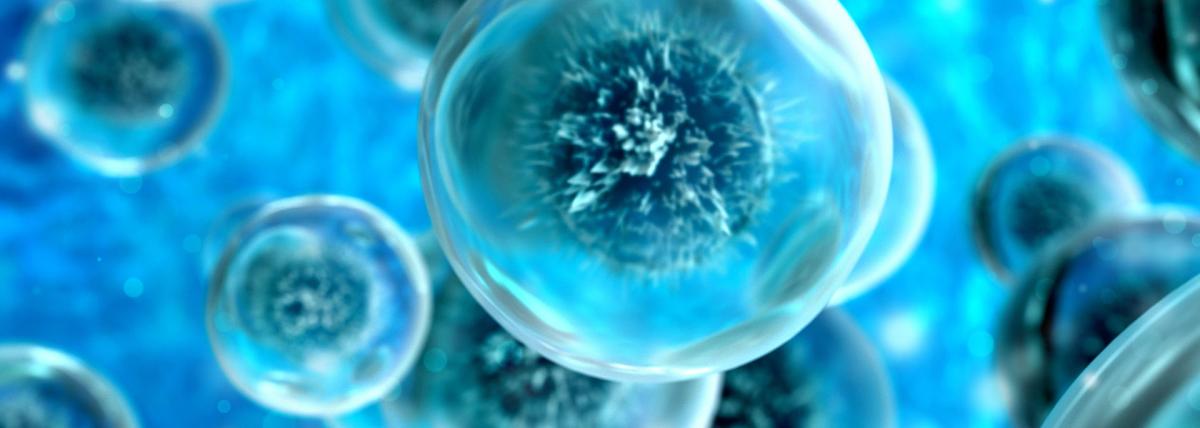
Lesson plan integrating Arizona Science and ELA standards for comparing and researching animal cells and plant cells, followed by a creative video project where students personify the parts of a

This lesson uses common foods to study the chemical compounds found in foods, both natural and synthetic.

Students will explore mathematical rules for combining fractions with unlike denominators by modeling equivalent resistance calculations for resistors wired in parallel electrical circuits. Using a

Students will survey the area around their school for Buffelgrass.

Students will compare Eind vs. Solar by using two kits from Thames & Kosmos.

Students use a 2-D physics sandbox, called Algodoo, to simulate the factors that might affect the period of a circular orbit of a planet about a star. Students develop Kepler's 3rd Law conceptually by

Creating a photosynthesis model out of clay or play-doh and making a video/podcast as an expert panel to provide information and discussionm.

In this 3 day lesson plan, students will discover the relationships between the sun, earth, moon, solar/lunar eclipses and the tides.
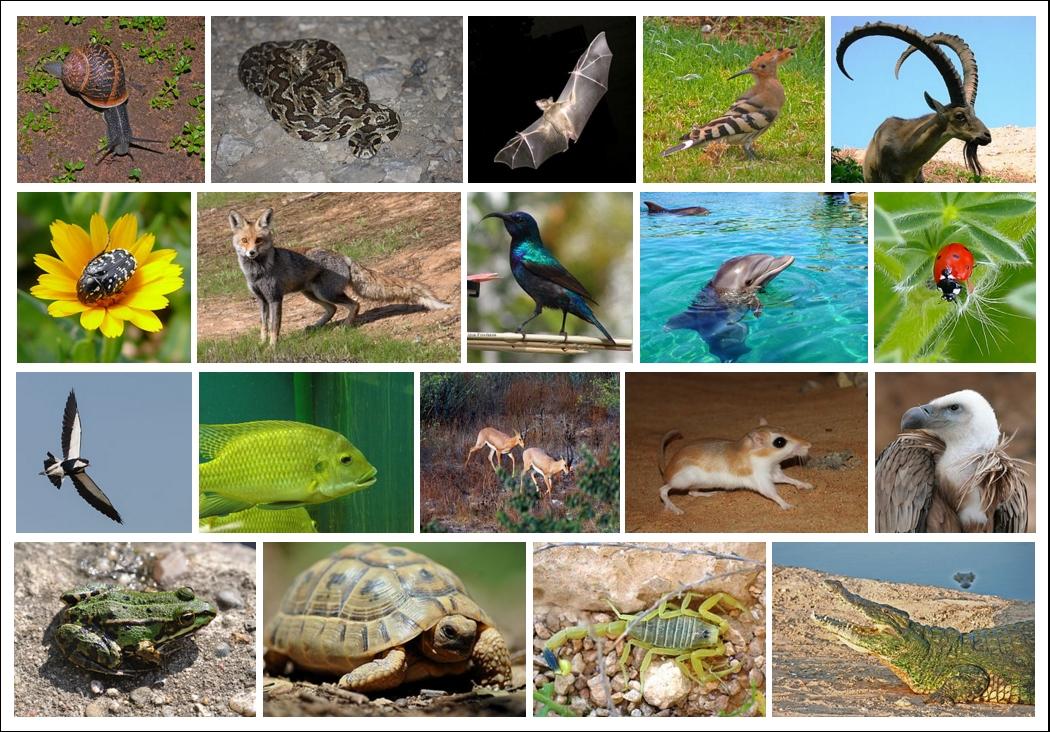
In this unit, students will explore the interdependencies in a system and uncovers circular causal connections. Students will use a stock-flow game, specifically the “Mammoth Game” to simulate how

In this unit students will observe how elements within a system changes over time, generating patterns and trends that affect the ecosystem of bees. Students will use Stock-Flow Maps to show the
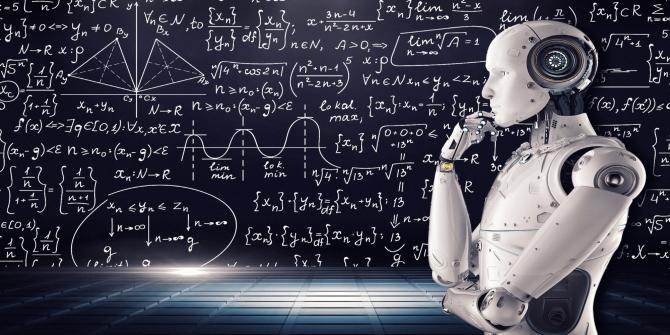
Create potential for masses or charges. Students get to create 3D models of these potential and gain a deeper qualitative representation of why masses or charge move towards lowest potential.

This project allows students to research and "sell" the Sharks and their competitors on their energy or fuel source. A strong emphasis on research is embedded with the ability to interject with daily

Using The Wild Robot by Peter Brown as provocation, students will develop a project integrating math, science, engineering and ELA standards. Students will build a robot prototype and take it through
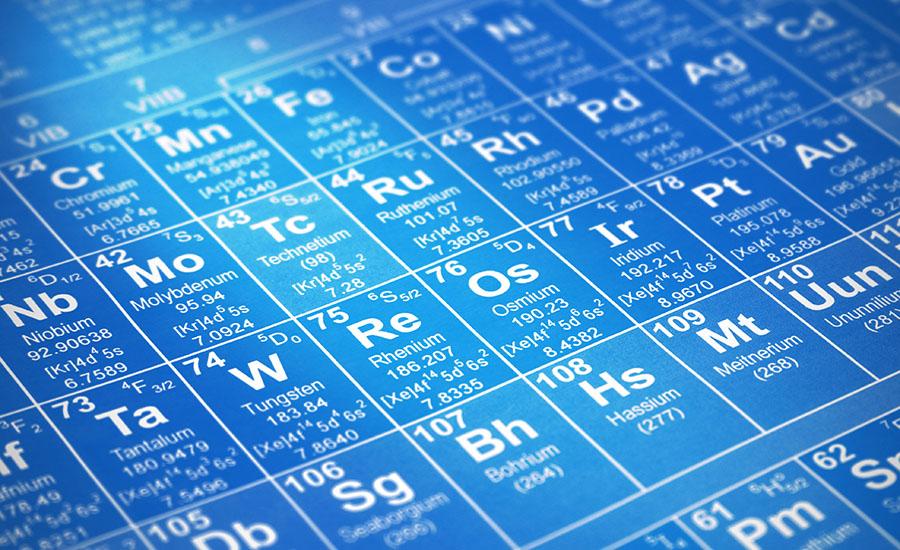
This set of lessons allows students to model the decay chains of radioactive isotopes and relate the mathematical patterns and scientific concepts together in a innovative and interactive way.
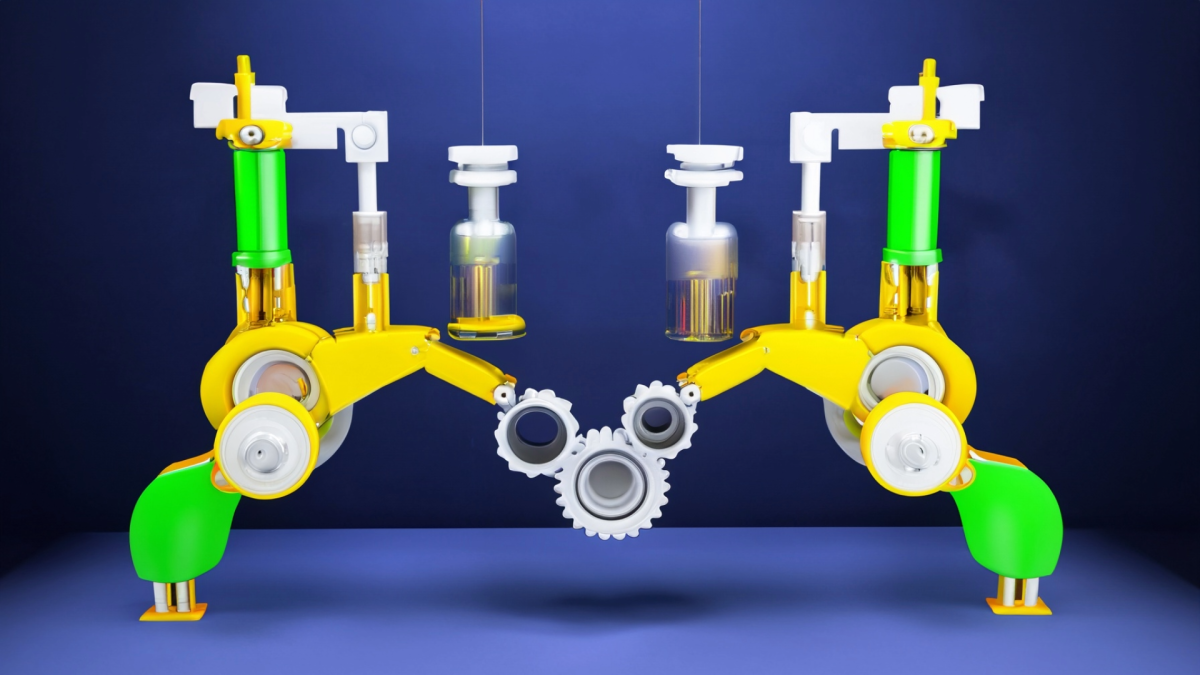
This lesson is part 2 of 2, Days 3 and 4. This lesson is set up to have students explore the friction bridge designed by Leonardo Da Vinci. Students have discovered the inventor and become familiar

A middle school STEM lesson using art to introduce slope.

This lesson is part 1 of 2. This lesson is set up to have students explore the friction bridge designed by Leonardo Da Vinci. Students first discover the inventor and become familiar with his life

Get ready for the opportunity to experience the life of a scribe in 2000 B.C.E. During this productivity lab and inquiry, students explore how new knowledge and new technology can impact a workers

In this lesson students will use Tinkercad to design a puzzle piece that will be used in the Escape Room from the previous lesson. This can be used as a stand alone lesson or in conjunction with the

In this lesson students will design a rough and final draft of an escape room using scale factor and ratios. Students will also create an escape plan using math at the level of the teachers choosing
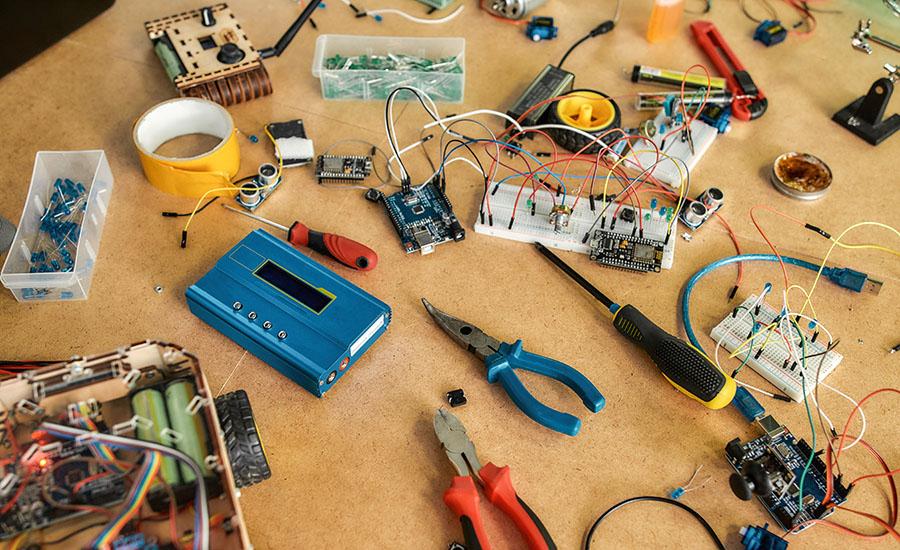
This lesson will help students learn how to code on micro:bits and create on this mini coding board. Students do not need the physical micro:bit to complete this lesson. On the website, there is a
